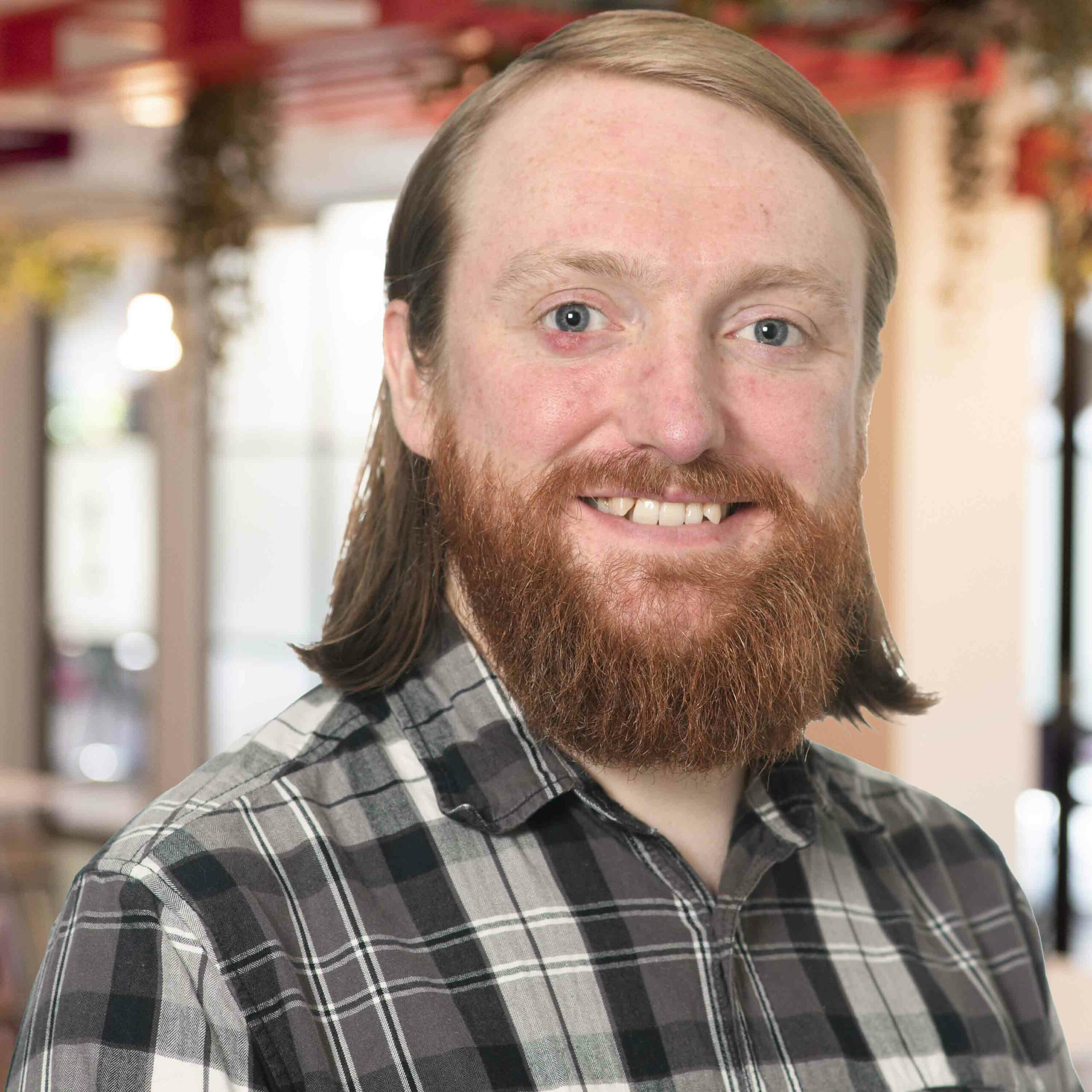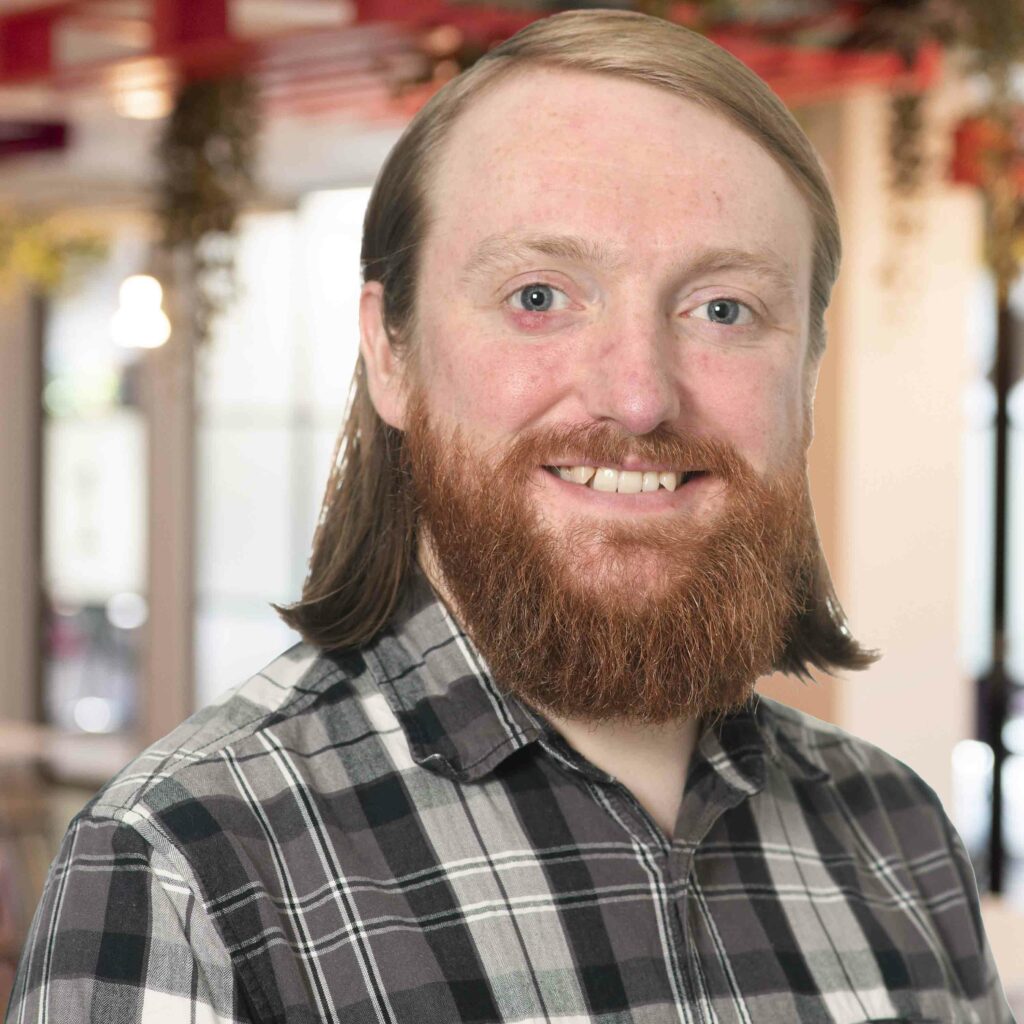How far will the courts stretch the Hozelock decision? Here we discuss the Claydon Yield-O-Meter v Mzuri case – testing the general principle of UK patent law that if an invention is ‘seen’ before its priority date, it cannot be patented.
[Disclaimer: Shakespeare Martineau LLP represented the successful Defendants in this case.]
The Claydon Yield-O-Meter v Mzuri case involved the alleged infringement of two patents relating to agricultural machinery, or more precisely, seed drills.
A key issue in relation to one of the patents was whether the patent was invalid as a result of the prior disclosure of the invention before its priority date.
The patent claim in issue essentially related to a seed drill to be attached to a tractor, utilising two rows of tines spaced across the width of the drill, with the front and rear rows of tines being aligned so that a first tine breaks up soil and the second places seed in the broken up soil. The apparatus therefore leaves strips of undisturbed soil in-between the seeded strips – a method of planting known as “strip-tillage”.
The inventor had tested his seed drill on his farm for ten hours, including travel to and from a workshop, split over two days, prior to the patent’s priority date. However, the field on which testing was admitted had a public footpath running across its top edge, which at the time of testing was unmarked and unmaintained.
The law
The starting point is that a ground for revocation of a patent is that the invention is not a patentable invention (s.72(1)(a) Patents Act 77 (“PA”)). A patent may be granted only where “the invention is new” (s1(1)(a) PA), and “an invention shall be taken to be new if it does not form part of the state of the art.” (S2(1) PA).
The question therefore turns to what is in “the state of the art”. This includes all matter which has been “made available to the public” anywhere in the world before the priority date (S2(2) PA).
The judgment refers to the case of Lux Traffic Controls Ltd v Pike Signals Ltd [1993], to reiterate that the disclosure to the public must also be an “enabling disclosure” – “such as to enable the public to make or obtain the invention”. This judgment also confirms that for an invention to be enabled, the skilled person need only have been able to discern details of the invention at the level of generality at which they appear in the claim.
The question in the Claydon v Mzuri case was whether the testing on the farm made the invention available to the public, so as to enable the invention claimed in it.
“Available to the public”
The judgment confirms that an invention is “made available to the public” if the information made available is that which would have been either noticed or inferred by a person skilled in the art who, hypothetically, had taken advantage of the access to the invention established on the evidence. It therefore does not matter whether somebody in fact took advantage of that availability, or not. The inventor argued that the path was very little used at the time of testing, but the judge found that that assertion still implied that the public had access to it at the time.
So in this case, the question was not whether a person did see the testing on the field from the footpath, but what could they have seen had they been present on the public footpath.
The judge’s decision
By the time of trial, the expert witnesses were in agreement that most of the features of the claim would be visible to an onlooker from the footpath, aside from essentially the alignment of the tines. As the seed drill tested on the farm was quite a large piece of machinery, and was driven closely to the footpath at one point during testing, the experts agreed that certain claimed elements would be visible, such as attachment to a tractor, and the use of rows of tines, a seed ‘hopper’ (the tank containing the seed), means for feeding seed to the seeding tines, and soil levelling means.
In relation to the alignment of tines, the judge reviewed the expert’s evidence. The claimant’s expert suggested that precise alignment would not be visible due to the presence of the rear levelling wheels obscuring the view. The defendants’ expert had no doubt that the skilled person observing from the footpath would have been able to see that the soil had alternate lines of tilled and untilled soil and that therefore the tines in the first and second rows must be aligned.
The judge then concluded that the skilled person, stood on the footpath, “would have believed the tines in the first and second rows were aligned” and would have been able to “see the prototype in action and been able to deduce from its appearance and from the appearance of soil left in its wake, features of construction of the prototype including all the features of [the] claim”.
Discussion of Hozelock
The inventor also sought to rely on arguments similar to those discussed in the recent decision in E. Mishan & Sons Inc v Hozelock Ltd [2019], in which an inventor testing prototype hoses in his front garden was found not to have made the invention available to the public because the judge accepted the inventor’s evidence that if he had become aware of anyone watching his testing of the prototype, then he would either have packed away the equipment and waited until the visitor had left, or taken it round to back of his house where it would have been out of sight.
However, the subject matter of the invention here was significantly different to that in Hozelock. The prototype drill tested by the inventor here was around 3m wide, and the judge distinguished the case by commenting that “preventing a member of the public from seeing a prototype seed drill would have been a good deal more difficult than hiding a prototype garden hose”. The inventor’s evidence as to what he would have done if he saw an observer during testing of his seed drill, to prevent an enabling disclosure, was not clear enough to convince the judge that it was possible to prevent the skilled person from seeing or inferring each of the claimed features, including the alignment of the tines.
Use of drones and other equipment
Another point arose during argument at trial, regarding enablement and whether it is to be contemplated that technical equipment would have been used to enhance the detail of what would/could have been seen.
The judge did not rule out the availability of such arguments to be run, but in the circumstances the defendants did not run a detailed case on this point (e.g. exploring what equipment the observer might reasonably have been expected to carry and use), due to the visibility of the relevant integers of the claim to the naked eye.
The judge compared two contemporary examples, which may be relevant to prior use arguments that arise relating to alleged disclosures in the present day. Firstly, the judge recognised that evidence discernible using a mobile phone with a zoom function on its camera could be admissible to determine a prior disclosure, provided that evidence showed that at the relevant time and place a member of the public could reasonably have been expected to carry such a phone and use the zoom and could have done so lawfully.
In contrast, the judge doubted that evidence could establish that the skilled person would have had “a swarm of drones”, nor that use of the swarm would necessarily be ‘legal’, as it may give rise to issues of privacy and breach of confidence.
Practical tips for testing an invention, to reduce the risk of a prior use invalidating your patent
For inventors:
The safest thing to do is to not test your invention anywhere in public prior to the priority date – or even near to somewhere with public access, for example a footpath across private land. Here, had the inventor only tested the prototype on the other side of the field, away from the footpath, it might have not been treated as a public and/or enabling disclosure.
When testing an invention, make sure you discuss and document any steps taken (or that you would have taken) to prevent a public disclosure. The more detailed this is, the more likely you would be able to convince a judge that there was no public disclosure.
And for those challengers to the validity of a patent:
See if you can find any evidence or indication that an invention has been tested or otherwise disclosed prior to the patent’s priority date, and if so investigate where and how such testing took place.
If you are seeking to rely on the observer having equipment to assist with the observation, such as binoculars or a video camera, then evidence may be needed as to why that person could reasonably have been expected to carry that equipment at the time.
We’re here to help
For further information on an issues concerning the above case, or any other aspect of patent or intellectual property law, contact Daniel Kelly or another member of the intellectual property team.
Our updated guide to recovery and resilience covers everything you need to navigate your business out of lockdown, unlock your potential and make way for a brighter future. Further advice in relation to COVID-19 can be found on our dedicated coronavirus resource hub.
From inspirational SHMA Talks to informative webinars, we also have lots of educational and entertaining content for life and business. Visit SHMA® ON DEMAND.







